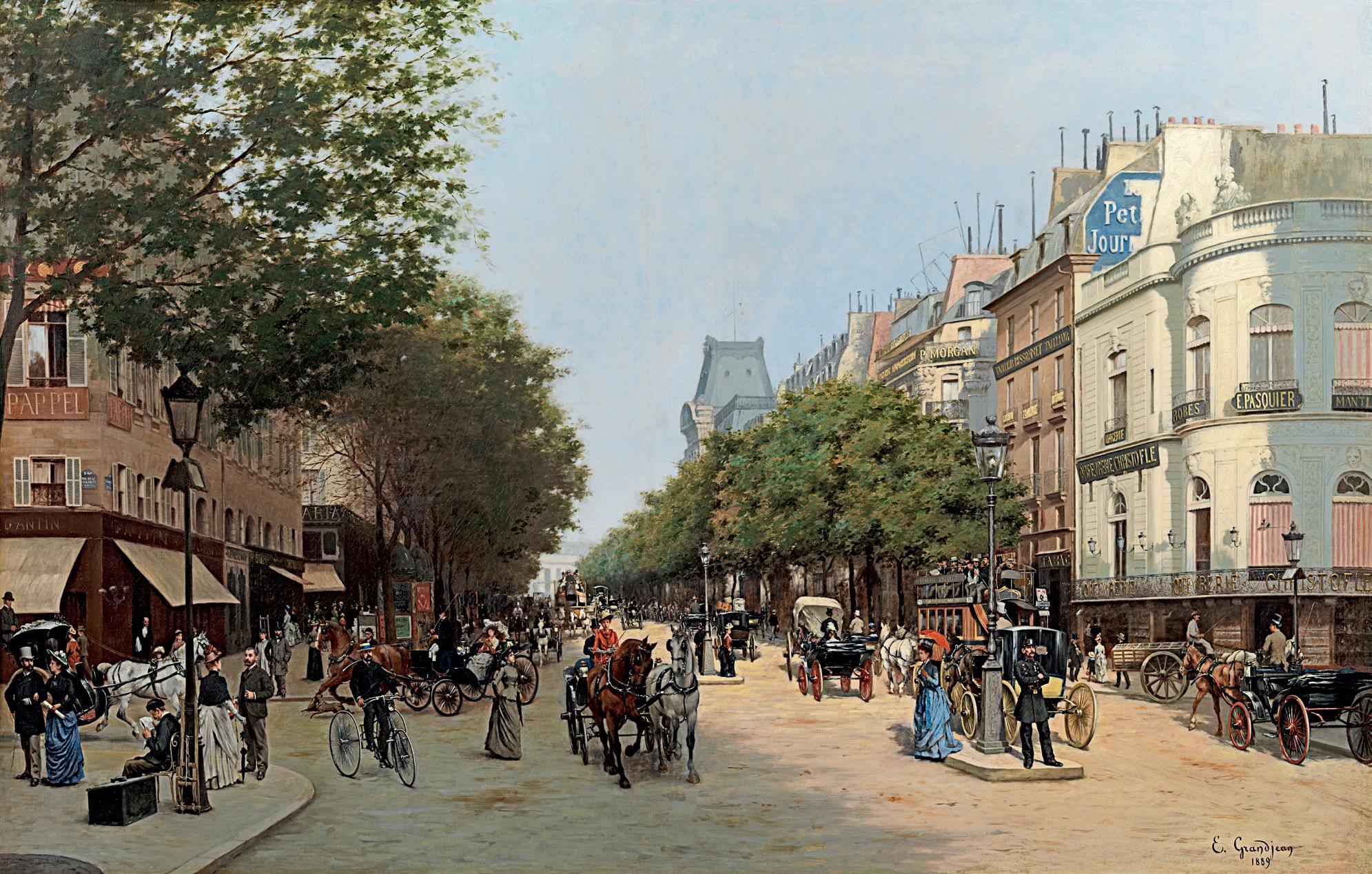
1 minute read
HENRI FANTIN-LATOUR
Fleurs, pois de senteur et nigelles dans un petit vase
Signed and dated lower right: Fantin . 86 Oil on canvas: 14 ½ x 11 ½ in / 36.8 x 29.2 cm
In 1876 Fantin-Latour married a fellow artist, Victoria Dubourg (1840-1926), whom he had met when both were copying paintings in the Louvre. After their marriage the couple spent summers at Victoria’s small country house at Buré in Lower Normandy, where many of Fantin’s later flower paintings were made. He preferred old-fashioned, rather neglected cottage gardens, full of larkspur, chrysanthemums, hollyhocks, poppies, forget-me-not and carnations.
In this painting Fantin revels in the jewelled colours and delicate shapes of sweet peas and nigella (love-in-a-mist), evoking the corkscrew stems and butterfly-like petals of the sweet peas and the spiky, ethereal quality of the nigella. His brushwork, richly impasted and allusive, conveys the exuberance of nature while giving each bloom its considered place within the composition. The complexity of the flowers is offset by the plain glass flute vase, light brown background and the austere diagonal of the table, which concentrates the viewer’s attention on the beauty of the newly-picked bouquet.
EDMOND-GEORGES GRANDJEAN
Le Boulevard des Italiens, Paris
Signed and dated lower right: E. Grandjean / 1889 Oil on canvas: 36 ¼ x 57 ¼ in / 92.1 x 145.4 cm
Baron Haussmann was appointed Prefect of the Seine Départment by Emperor Napoleon III in 1852 and began to transform Paris, replacing what remained of the medieval streetscapes with wide, tree-lined boulevards. Grandjean became a student at the Ecole des Beaux-Arts in 1862 and studied genre subjects and portraits, before specializing in views of the capital.
This painting depicts the Boulevard des Italiens, one of the most fashionable of Haussmann’s new streets, looking eastwards on a summer’s day. The boulevard is thronged with smart equipages, including a lady in red driving two-in-hand. On the left, a man on a tricycle turns the corner from the rue de la Chaussée d’Antin. On the right, the sturdy greys pulling the Madeleine-Bastille omnibus are bathed in sunlight. A particularly lovely vignette is provided by a lady in white leading her sailor-suited son along the pavement. Paris was a place of burgeoning capitalism, with endless entertainments and luxury goods to tempt those who could afford it. The elegant white building on the right, on the corner of rue Louis-le-Grand, was the Pavillon de Hanovre at 33 Boulevard des Italiens. Built by the Maréchal de Richelieu 1758-60 as a garden pavilion to l’Hôtel d’Antin, from 1847 it was occupied by the Orfèvrerie Christofle, maker of the finest tableware, whose sign can be seen above the window. On the adjacent building is the blue sign of the Petit Journal, one of the major daily Parisian newspapers, published from 1863 to 1944.






